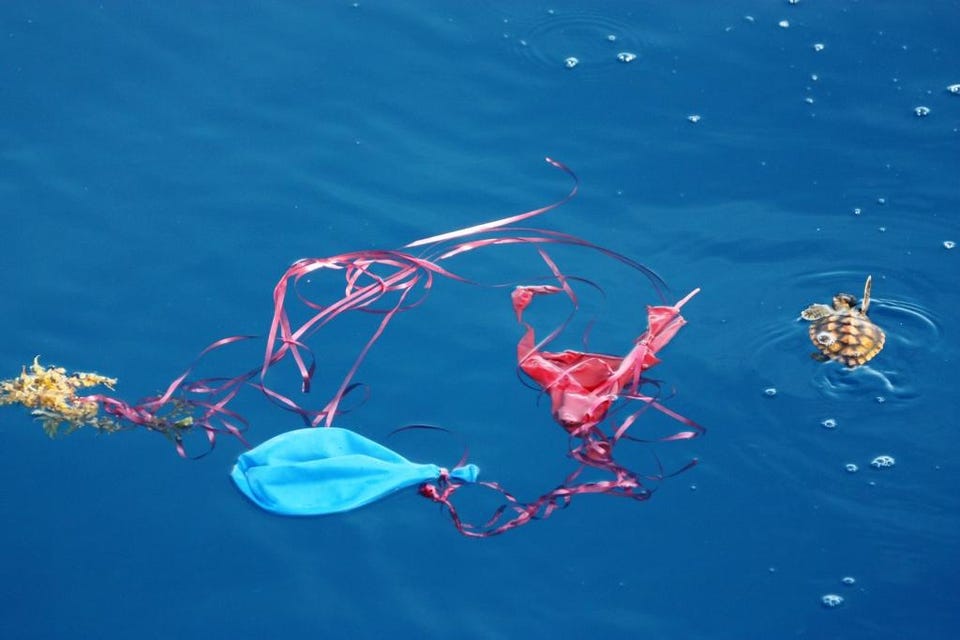
Lawmakers are again looking to tackle a different kind of inflation problem in Florida: balloons.
This month, St. Petersburg Sen. Nick DiCeglie and St. Pete Beach Rep. Linda Chaney filed related bills to change state regulations for the popular inflatables, which have been criticized for their environmental impact.
Both versions of the legislation (SB 602, HB 321) would classify the outdoor release of balloons as littering. Both would also switch the associated penalty from a $250-per-violation fine to a $150 charge for every 15 pounds or 27 cubic feet of material improperly scattered. Lower amounts of such litter would still be subject to the $150 fine.
But DiCeglie’s measure would go further. It would ban the outdoor release of any balloon types except hot air balloons recovered after launch, including previously exempted balloons made wholly of biodegradable or photodegradable substances.
DiCeglie’s bill would also remove the state’s current allowance for releasing fewer than 10 balloons of any type outside, as long as no more are let loose within a 24-hour period.
Of every $150 fine collected, $50 would go to the state’s Solid Waste Management Trust Fund, which helps pay for various rubbish-related abatement, documentation, educational and recycling programs. It also funds mosquito control efforts.
The bills by DiCeglie and Chaney, both Republicans, come seven months after state lawmakers gave no play to similar legislation Chaney sponsored with Hollywood Democratic Sen. Jason Pizzo.
Pizzo told Florida Politics in early March that he’d conceived of the bill to test his fellow lawmakers and because it was a sensible thing to support.
“Here’s something that shouldn’t be political, that we should all agree,” he said at the time. “The releasing of balloons is objectively horrible for the environment. It’s an antiquated, stupid thing people do. It’s the functional equivalent of abusing pyrotechnics for a gender reveal party.”
According to the nonprofit Ocean Conservancy, nearly 300,000 ballons were found along U.S. beaches between 2008 to 2016 — more than 31,000 balloons per year.
___
Editor’s note: This report was updated to clarify that smaller amounts of littler would still be subject to an existing $150 fine.



